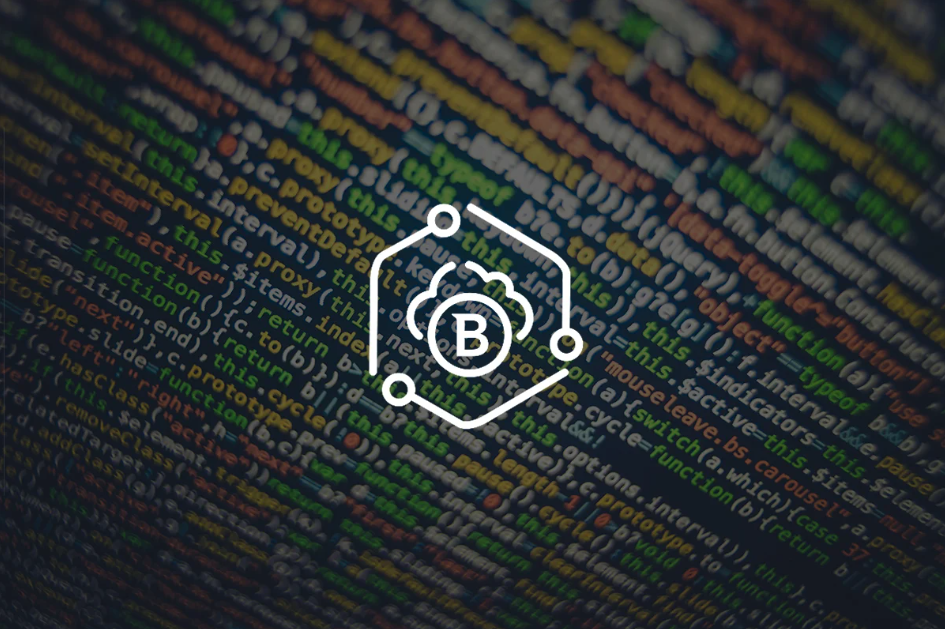Why is Content Moderation for Email Security Solutions So Important?

As organizations expand their operations to multiple platforms, they must also manage the content disseminated there. This raises questions of how to protect audiences from illicit content, particularly when it comes to email security. One of the best ways to deal with these attacks is to integrate deep learning technology that can identify complex and subtle malicious files in emails.
Content moderation is important because your online community deserves to open their emails without getting spammed with explicit content or phishing schemes. This article will discuss the importance of content moderation and some security solutions organizations can use to monitor email security.
Why is content moderation necessary?
Your primary concern should not only be generating engaging online content, but also creating content that is secure. Content moderation is the process of monitoring what appears in your content, whether sent by your company or posted by users on your sites.
For example, messages and files that reach end users may contain nudity, spam material, or malicious links. An email security solution should identify and block malicious email content before it reaches the user’s inbox. Many email security providers flag spam emails, but flagging only serves half the purpose.
What’s more, with the rise in cloud-based environments such as Google G-Suite and Office365, companies need to incorporate advanced security solutions to detect zero-day threats in spam. To protect against email attacks, organizations need to equip their IT and security teams with advanced, predictive technology that identifies and minimizes risk.
You need to be thinking about both the contents and recipients of your emails. Many families have shared computers and accounts, and over 70% of parents report they no longer supervise their children’s online time after the age of 14. This means illicit or malicious content could reach anyone, whether they are your subscriber or not.
Modern content moderation software leverages advanced technology like Deep Learning and Big Data analysis to provide the highest levels of protection for securing email platforms. Look for all-in-one security solutions that can monitor all content, including images, audio, videos and multimedia content.
Security solutions for content management
For any kind of security, combining age-old rules with cutting-edge technology often yields the best results. Email security is no different, and there are several tried and true tips to keep in mind when looking at your own systems.
What’s more, email is not a stand-alone system. Your email servers and the content sent to your subscribers operate within a larger network susceptible to vulnerabilities that could impact your content. Here are some common security solutions that can also apply to your content management strategies.
Layer security controls
A layered security approach that includes elements such as antivirus software, firewalls and human oversight is critical to digital wellness. This multi-faceted approach helps identify and block vulnerabilities in your network and detects anomalies in the event of a breach. And while email security is one pillar of a multi-layered approach, it is not the only thing you need to keep in mind.
On the back end, a firewall a good defense as it disrupts the command and control servers (C2 communication) used in ransomware’s functionality. The C2 servers store encryption keys, passwords and unique customer data, so blocking this communication pathway can thwart ransomware attacks. Additionally, if your organization has a collaborative defense strategy, you can obtain the IP addresses of these C2 servers and put them on a block list.
As for front-end threats, an experienced web developer can tell you more about managing your system. Consult with developers experienced with content management and security as you build your website, email servers, etc. The average freelance developer charges $60 to $80 an hour, so freelancers might be the way to go if you don’t have someone in-house with this expertise.
Reduce your attack surface
Another strategy to protect your organization against attacks is to reduce the potential attack surface. This includes hardware and assets exposed to the outside world that attackers could exploit, as well as human components like employees and users. The wider your attack base, the more opportunities malicious attackers have to influence your organization.
While email is a critical marketing strategy for your business, you might not think of it as a potential threat. But hacks to your system could weaponize your subscriber lists, giving bad actors a way to attack your customers with malicious emails. Furthermore, if you are not monitoring your internal communications and educating employees about phishing and malware, your whole company could be at risk.
To minimize this attack surface, start with mapping the network of possible threats. This includes everything from employees falling victim to phishing attacks to bots attempting to post harmful content on your website.
You should then employ systems that use automation and human oversight to focus on all possible threat points. Invest in email security systems that not only flag harmful content, but block it altogether. Also, collaborate with your cybersecurity team to ensure all employees are aware of different email threats.
Keep software up-to-date
Software updates are crucial to your organization’s systems. For example, the WannaCry ransomware attack affected almost 230,000 computer systems and inflicted a monetary loss of $4 billion around the globe.
Companies that fell victim to the WannaCry attack had not updated their Windows operating system. A Microsoft security patch would have eliminated the vulnerability that EternalBlue used to attack software systems. This shows the important of updating software and systems regularly.
You also need to stay on top of the latest technology in content management. Attackers and spammers are harnessing machine learning, so you need to as well. Artificial intelligence and ML are improving content management security in ways that most users aren’t even aware of. For example, huge CMSs like WordPress have plugins for spam-detection and bot traffic that apply ML to content security.
Conclusion
Email remains a significant attack path for cybercriminals to launch phishing attacks and more. In response, content moderation systems are getting much better at detecting issues in the system before they can spread, minimizing user and employee exposure to harmful content. This is why email content moderation should be a key pillar of security for companies large and small.
tags
Author

Shanice Jones is a passionate business technology writer. She is based in Chicago, USA. For more than five years, she has helped over 20 startups build B2C and B2B content strategies that have allowed them to scale their businesses globally.
View all postsRight now Top posts
FOLLOW US ON SOCIAL MEDIA
SUBSCRIBE TO OUR NEWSLETTER
Don’t miss out on exclusive content and exciting announcements!
You might also like
Bookmarks










